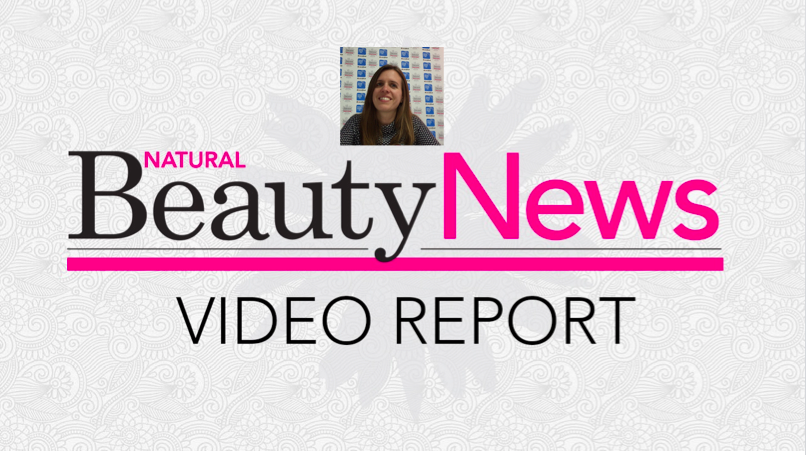Tackling misinformation and myths about cosmetic products should be a priority for the natural and organic beauty sector, says the founder of leading natural cosmetics training school Formula Botanica.
In a video interview with Natural Beauty News following the recent Natural Beauty Roundtable in Brighton, Lorraine Dallmeier said: “The internet is great for source of information – but it’s also a great source of misinformation. People go online and they read a lot of misinformation. They’ll read statistics such as 60% of what you put in your skin is absorbed into your bloodstream – it isn’t true. Or that it takes 26 seconds for a cosmetic ingredient to be reach your blood stream – again, not true. They’ll hear that you absorb about five pounds of cosmetics a year – not true. All of these myths do the rounds, and people share them and they get repeated so often that become like a truth.
“The mainstream industry almost looks down on the natural and green brands – and see them as having less scientific knowledge, and less knowledge of cosmetics chemistry. So I think we need to educate the industry – the natural beauty sector – to understand more fully how these products actually work and interact with the skin, and to try and stop the sharing of misinformation. And that isn’t not easy because consumers are bombarded with it on a regular basis.”
Asked about new trends in natural beauty, Dallmeier said: “The big trends I see are anti-pollution – already very big in Asia, and which I see becoming big here too, especially with the UK’s pollution problems. Also I think that food and foodie-style cosmetics will become a much bigger trend.”
Dallmeier also highlighted the opportunity for smaller beauty brands to maximize the opportunity of social media. She said that the big, mainstream cosmetics brands still generally used conventional print advertising – and were missing a trick. “Combining story telling with social media adds up to a big opportunity for smaller and artisan brands. There’s an opportunity to show your consumers what you’re doing behind the scenes – that you’re making cosmetics, you’re taking them to the post office, you’re designing packs, working with new ingredients, talking to your customers. These are things that people can connect to.” The companies who were doing this successfully, Dallmeier said, were “stealing customers away” from mainstream brands who don’t have a natural story-telling opportunity.”











